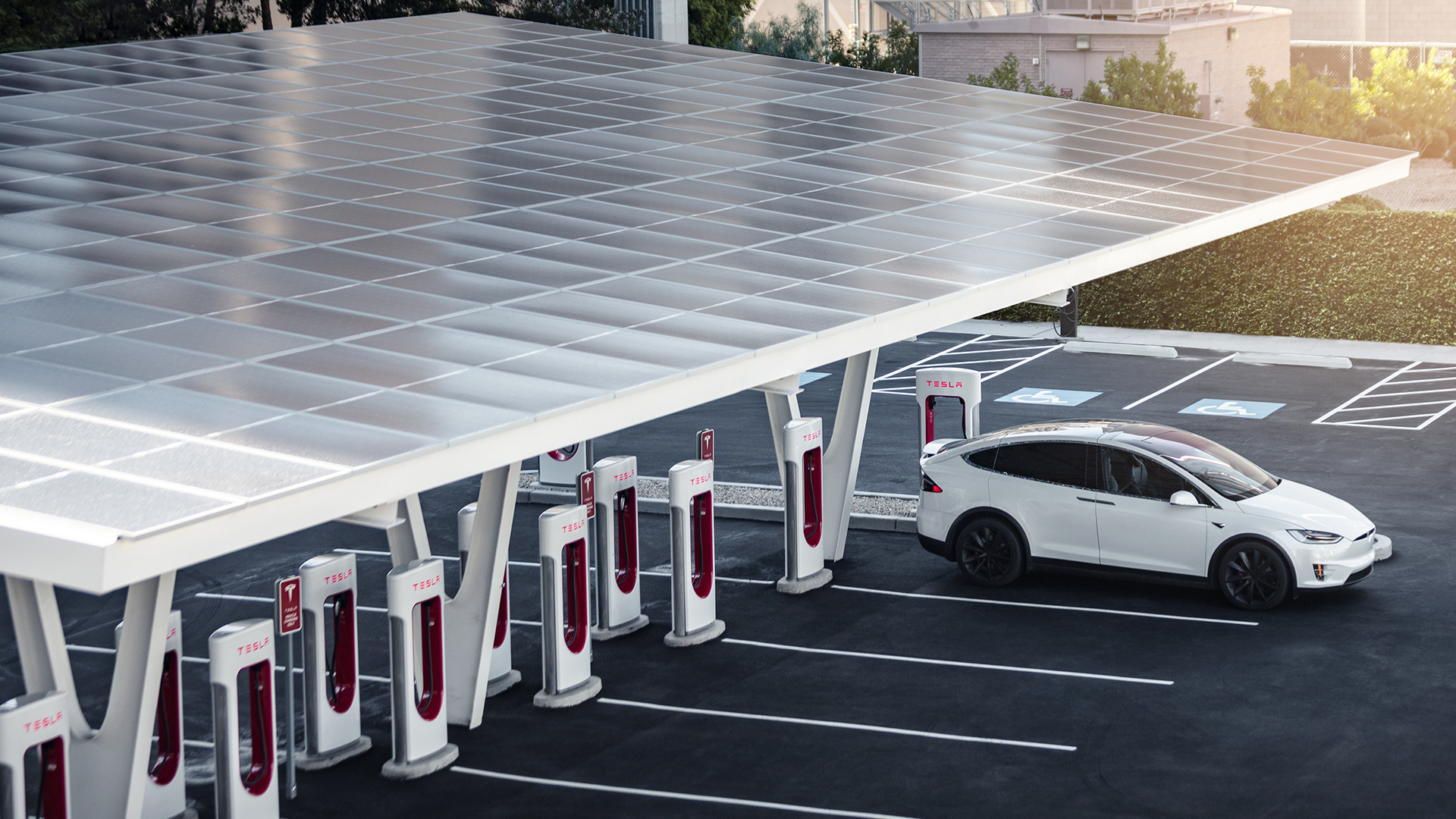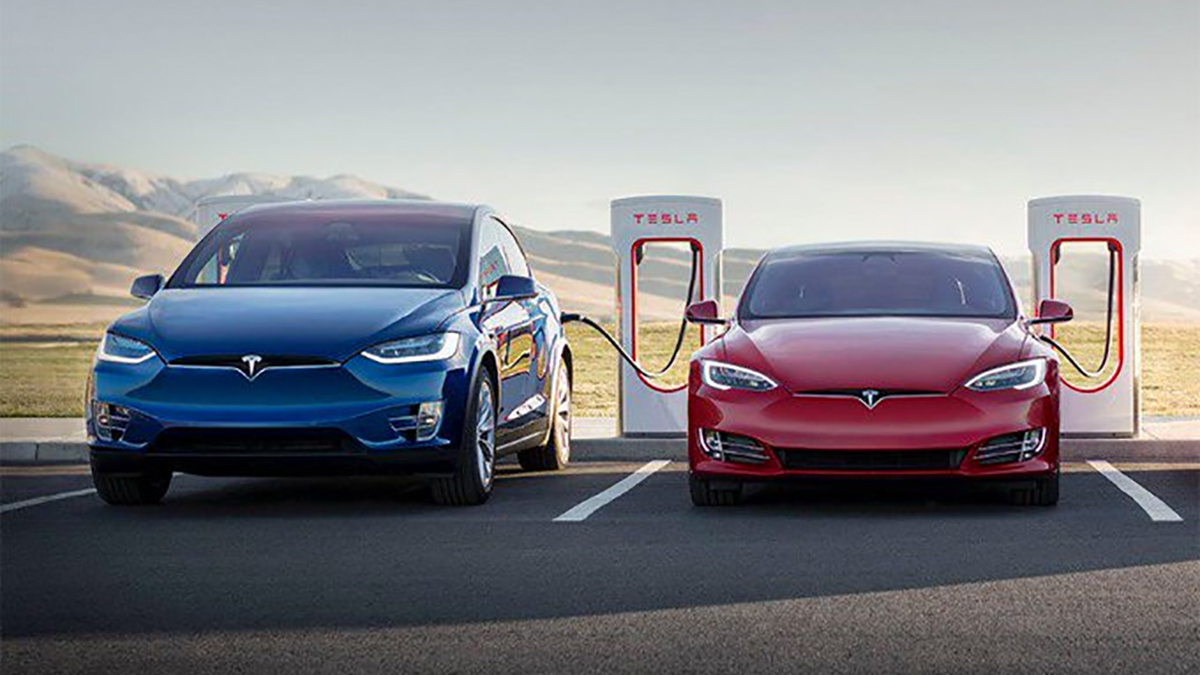Tesla Supercharger expansion has reportedly slowed significantly – and that’s bad news for all EV owners
North American Charging Standard is coming, but can the network keep up?

Recent analysis of Tesla’s Supercharger network expansion has revealed that the number of new stations opened in May to August of this year fell by 28 per cent when compared to the same period in 2023.
The report by The Wall Street Journal quotes analysis from EVAdoption, a company that specializes in data and analysis for the EV and EV charging industry. It says that for the first eight months of 2024, the number of new stations opened was down by 11 per cent compared to the previous period.
This slowing of pace can be part attributed to the fact that Elon Musk fired the majority of the team responsible for Tesla charging in April of this year, despite the company receiving millions of dollars in US government funding to expand its network in those states lacking EV charging infrastructure.
According to the WSJ, this decimating of the Tesla Supercharger network team has led to many new network expansion projects being put on hold, with Tesla’s partners struggling to reach their contacts to discuss the next moves, as said contacts have moved on to pastures new.
The timing is particularly poor, as Elon Musk boldly promised to open the Tesla Supercharger network – often regarded as one of the best EV charging networks in the US and Europe – to owners of rival brand EVs last year.
Both Ford and Rivian were among the first to be granted access, but there have been reports of Ford not being able to meet demand for the charging adaptors required to top batteries up before it begins manufacturing its electric models with the NACS port as standard.
To compound matters further, any rival EV manufacturer wanting to use the Tesla charging network has to first be able to speak to it, which requires a software update rollout. General Motors, Volvo and Polestar have all been tipped to receive the updates this year, but are still waiting.
Get daily insight, inspiration and deals in your inbox
Sign up for breaking news, reviews, opinion, top tech deals, and more.
Analysis: Tesla risks losing its USP

Elon Musk has a difficult job in appeasing the massive Tesla community he has helped to build by ensuring a large chunk of the Supercharger network is still reserved for its customers.
But at the same time, Tesla is among the most pertinent beneficiaries of US government funding to improve the EV charging network for everyone.
According to The Wall Street Journal Journal, the company has secured around $37 million in funding to build 88 Supercharger stations in the US alone.
However, Musk has previously stated that his company will continue to spend on improving and expanding the network, with $500 million set aside this year to do just that.
In the US, a large majority of the world’s biggest automakers have said that they will make the switch to the North American Charging Standard (NACS) in the coming years, which means there is going to be an influx of other EVs arriving at Tesla’s locations, something current owners aren’t particularly pleased about.
According to Tesla’s North American website, it will reserve more than 27,000 stalls purely for Tesla owners, with 15,000 for those with the NACS built in and a puny 500 stalls for those that require an adaptor to be provided on site.
But the message isn't so clear in other markets, with Tesla UK stating that it is starting to open up the network at "a select number of sites" so that the company can "review the experience, monitor congestion and assess feedback before expanding."
"Future sites will only be opened to other vehicles if there is available capacity," the company went on to explain.
Not for the first time, we are seeing mixed messaging from Tesla. It wants to make EV ownership easier for all, so long as it doesn't adversely affect its own business interests. But you could also argue that Tesla has long been the innovator in the EV space, creating one of the best networks in the world. Now it is time for others to take up the slack.
You might also like

Leon has been navigating a world where automotive and tech collide for almost 20 years, reporting on everything from in-car entertainment to robotised manufacturing plants. Currently, EVs are the focus of his attentions, but give it a few years and it will be electric vertical take-off and landing craft. Outside of work hours, he can be found tinkering with distinctly analogue motorcycles, because electric motors are no replacement for an old Honda inline four.